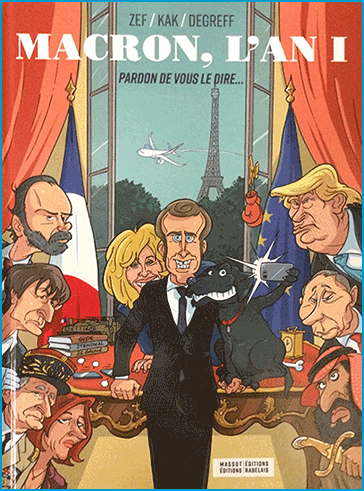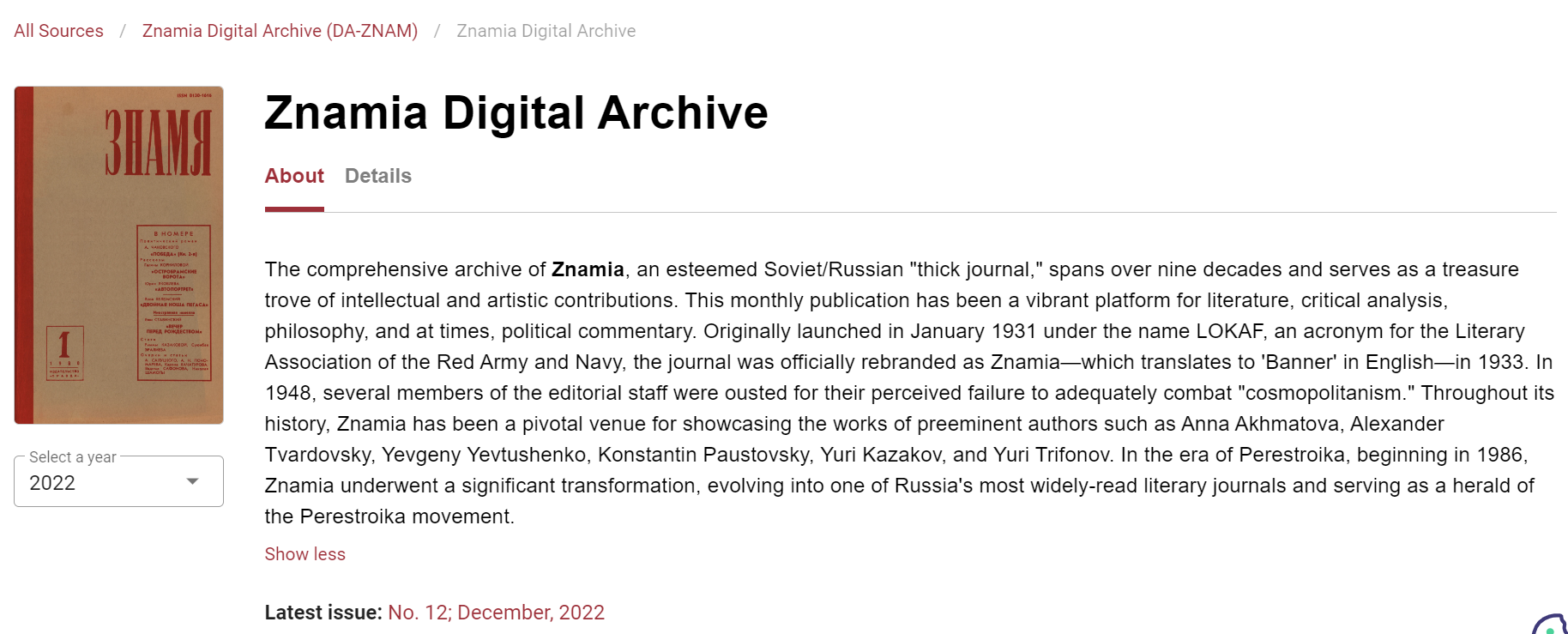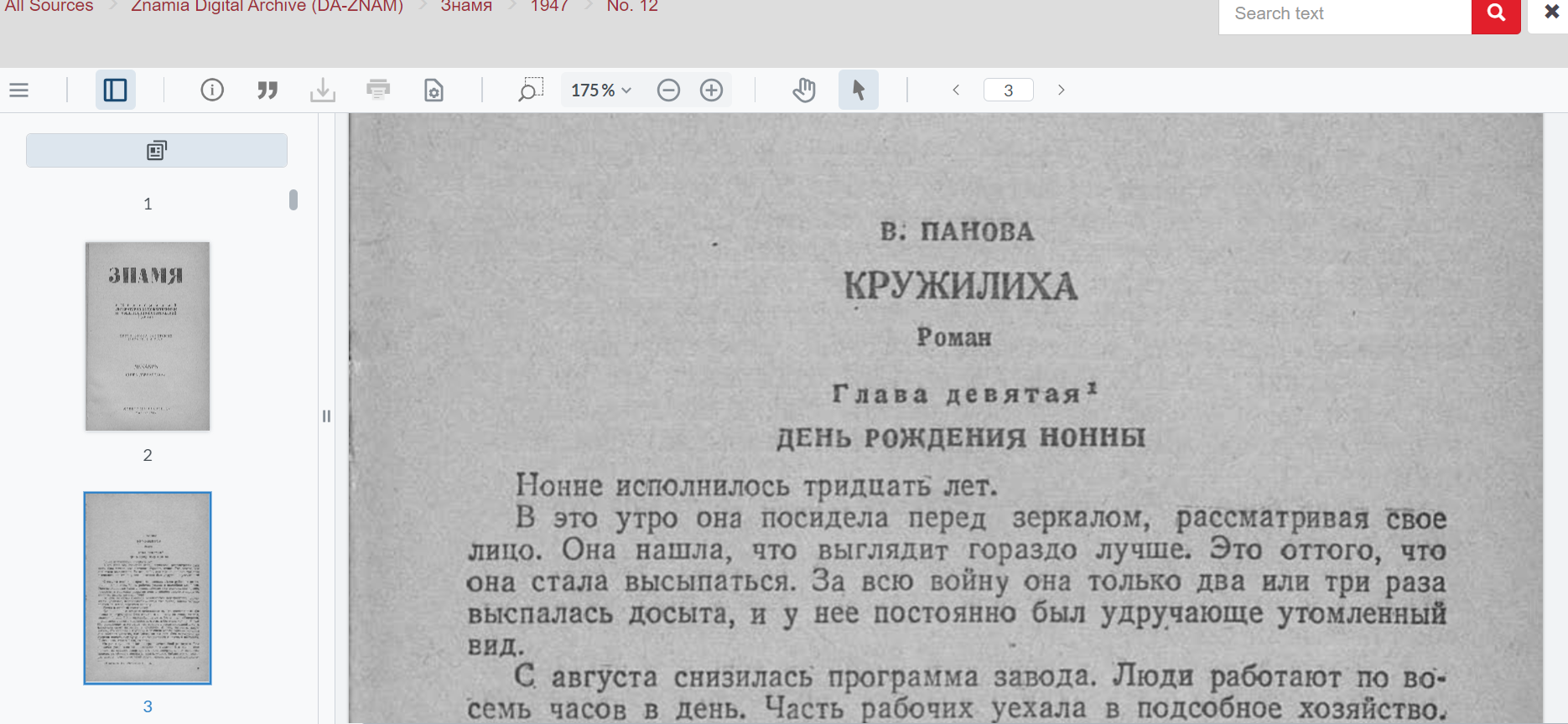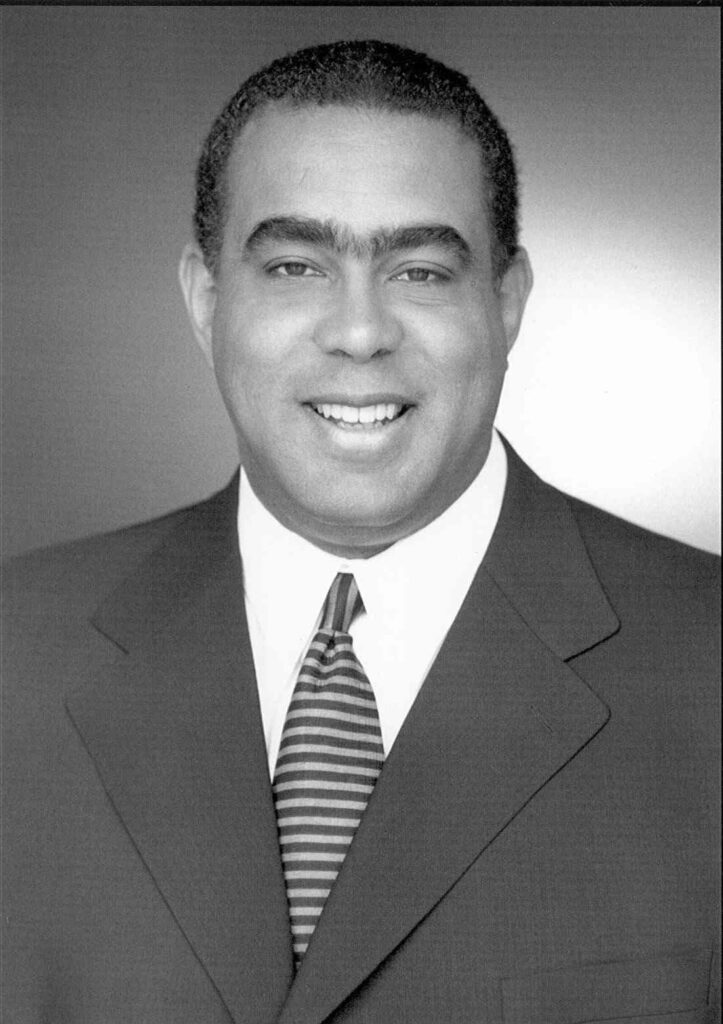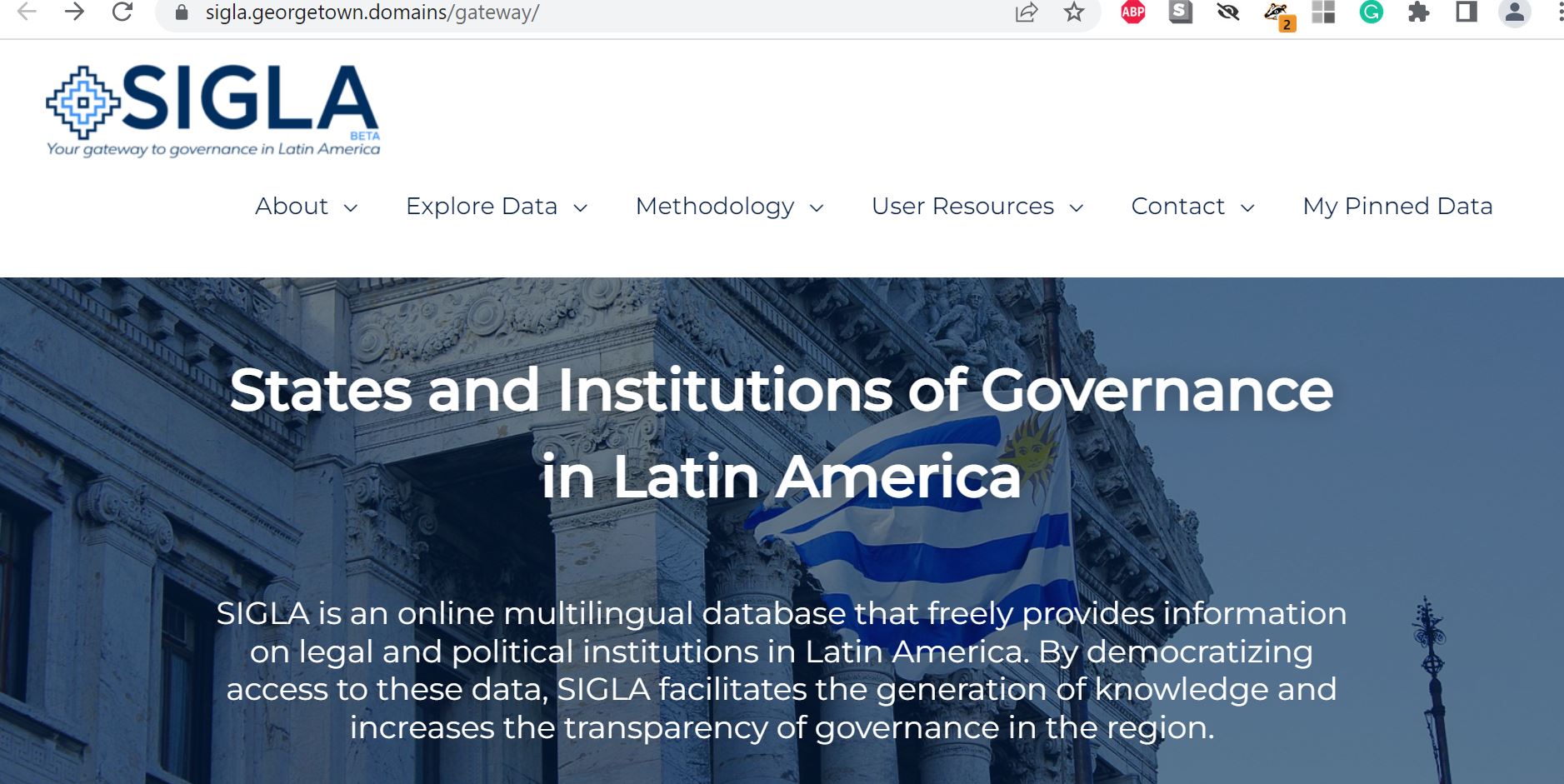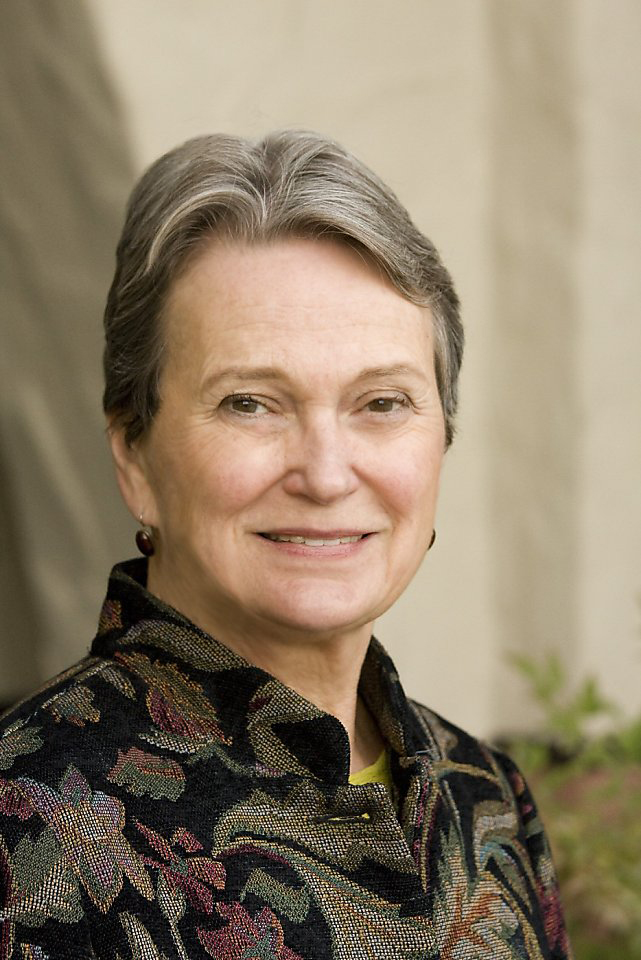
Recent acts of censorship of late night television talk show hosts Stephen Colbert and Jimmy Kimmel have spurred interest in not only reposting this ever pertinent blog post originally published on November 27, 2018 but also updating it with some relevant books acquired since then. With or without humor, we find both presidents still (or again) in power and in the satirical spotlight. Enjoy! Amusez-vous!
—————————
 As two of the oldest modern democracies, France and the United States share a long tradition of freedom of speech and of the press (and at times governmental censorship). The two societies have found catharsis in the mockery of their highest elected officials through caricatures, cartoons, and critical writings. Here are a few recent library acquisitions, in English and in French, from both sides of the Atlantic in this category of political critique:
As two of the oldest modern democracies, France and the United States share a long tradition of freedom of speech and of the press (and at times governmental censorship). The two societies have found catharsis in the mockery of their highest elected officials through caricatures, cartoons, and critical writings. Here are a few recent library acquisitions, in English and in French, from both sides of the Atlantic in this category of political critique:
Baldwin, Alec and Kurt Andersen. You Can’t Spell America Without Me: The Really Tremendous Inside Story of My Fantastic First Year As President Donald J. Trump (a So-Called Parody). New York: Penguin Press, 2017.
Battistella, Edwin L. Dangerous Crooked Scoundrels: Insulting the President, from Washington to Trump. 1st ed. United Kingdom: Oxford University Press, 2020.
Bourhis, Hervé and Rudy Spiessert. Trump de A à Z. Bruxelles: Casterman, 2017.
Burrell, Ginger R. Un[Hood]ed. Morgan Hill, CA: Midnight Moon Press, 2017.
Campion, Étienne. Le président toxique : enquête sur le véritable Emmanuel Macron. Paris: Robert Laffont, 2025.
Cole, David, and Melanie W. Stinnett. Rules for Resistance: Advice from Around the Globe for the Age of Trump. New York: The New Press, 2017.
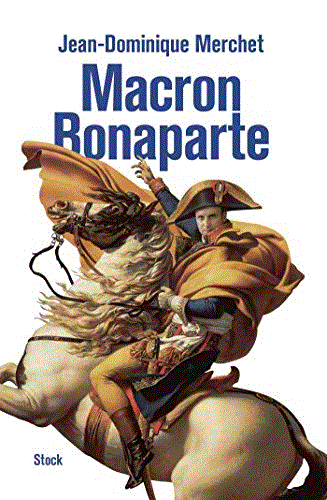 Collard, Susan P., ed. Revolution Revisited : Emmanuel Macron and the Limits of Political Change in France. Abingdon, Oxon ; Routledge, 2025.
Collard, Susan P., ed. Revolution Revisited : Emmanuel Macron and the Limits of Political Change in France. Abingdon, Oxon ; Routledge, 2025.
Connolly, William E. Aspirational Fascism: The Struggle for Multifaceted Democracy Under Trumpism. Minneapolis: University of Minnesota Press, 2017.
Daniel, Jean-Marc. Macron: La valse folle de Jupiter. Paris: l’Archipel, 2018.
Darmon, Michaël. Les secrets d’un règne : dans les coulisses d’un quinquennat de crises. Paris: L’Archipel, 2021.
Dolez, Bernard et al., eds. L’entreprise Macron à l’épreuve du pouvoir. Fontaine: PUG, 2022.
Dosse, François. Macron, ou, Les illusions perdues : les larmes de Paul Ricoeur. Paris: Le Passeur éditeur, 2022.
Être postmoderne / Michel Maffesoli; postface de Hélène Strohl: Emmanuel Macron, icône ou fake de la postmodernité? Paris: Les Éditions du Cerf, 2018.
Filoche, Gérard. Macron, ou, la casse sociale. Paris: l’Archipel, 2018.
Fottorino, Éric and Joep Bertrams. Détrumpez-vous!, Paris: Gallimard, 2017.
Fourquet, Jérôme. Le nouveau clivage: mondialisation, libre-échange, métropolisation, flux migratoires : état des démocraties occidentales. Paris: Les éditions du Cerf, 2018.
 Drezner, Daniel W. The Toddler in Chief : What Donald Trump Teaches Us about the Modern Presidency. Chicago: University of Chicago Press, 2020.
Drezner, Daniel W. The Toddler in Chief : What Donald Trump Teaches Us about the Modern Presidency. Chicago: University of Chicago Press, 2020.
Genté, Régis. Notre homme à Washington : Trump dans la main des Russes. Paris: Bernard Grasset, 2024.
Christopher J. Gilbert. Caricature and National Character: The United States at War. Penn State University Press, 2021.
Giroux, Henry A. The Public in Peril: Trump and the Menace of American Authoritarianism. New York, NY: Routledge, 2018.
Hamming, Grant, and Natalie E. Phillips, eds. Interrogating The Visual Culture Of Trumpism. New York, NY: Routledge, 2025.
Johnston, David C. It’s Even Worse Than You Think: What the Trump Administration Is Doing to America. New York: Simon & Schuster, 2018.
Joly, Marc. La pensée perverse au pouvoir. Paris: Anamosa, 2024.
 Lee, Bandy X. The Dangerous Case of Donald Trump: 27 Psychiatrists and Mental Health Experts Assess a President. New York: St. Martin’s Press, 2017.
Lee, Bandy X. The Dangerous Case of Donald Trump: 27 Psychiatrists and Mental Health Experts Assess a President. New York: St. Martin’s Press, 2017.
Lithgow, John. Dumpty : The Age of Trump in Verse. San Francisco: Chronicle Prism, an imprint of Chronicle Books, 2019.
Mayaffre, Damon. Macron, ou, Le mystère du verbe : ses discours décryptés par la machine. La Tour d’Aigues: Éditions de l’Aube, 2021.
Merchet, Jean-Dominique. Macron Bonaparte: Essai. Paris: Stock, 2017.
Mielczarek, Natalia. The Trump Presidency in Editorial Cartoons . 1st ed. Lanham: Lexington Books, 2023.
Mongin, Olivier, and Lucile Schmid. Emmanuel Macron à contretemps. Montrouge: Bayard, 2022.
Nanos, Nik. The Age of Voter Rage. London: Eyewear Publishing, 2018.
 Ngono, Emmanuel. Sacré Macron : une aventure qui a vraiment bousculé le fonctionnement institutionnel français / Emmanuel Ngono. Morancez (France): Éditions Cana, 2023.
Ngono, Emmanuel. Sacré Macron : une aventure qui a vraiment bousculé le fonctionnement institutionnel français / Emmanuel Ngono. Morancez (France): Éditions Cana, 2023.
Taguieff, Pierre-André. Macron: miracle ou mirage? Paris: Éditions de l’Observatoire, 2017.
Toulouse, Anne. Dans la tête de Donald Trump. Paris: Stock, 2016.
Toulouse, Anne. L’art de “trumper”, ou, Comment la politique de Donald Trump a contaminé le monde. Monaco: Éditions du Rocher, 2024.
Trudeau, G. B. Day One Dictator: More Doonesbury in the Time of Trumpism. 1st ed. Cork: Andrews McMeel, 2024.
Trumpism: The Politics Of Gender in a Post-Propitious America / edited by Laura Finley and Matthew Johnson. Newcastle upon Tyne, UK; Cambridge Scholars Publishing, 2018.
Willem. Macron: L’amour fou. Bordeaux: Les Requins marteaux, 2018.
Zef, Kak and Degreff. Macron, L’an I: pardon de vous le dire. Paris: Florent Massot, 2018.
